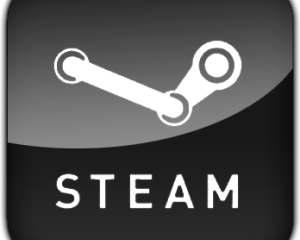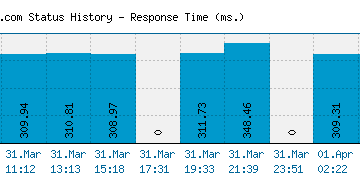Understanding PL: The Backbone of Modern Computing

Introduction to Programming Languages (PL)
Programming Languages (PL) are the foundation of all software development, enabling developers to communicate instructions to machines. As technology continues to evolve, the significance of understanding various programming languages cannot be overstated. With applications ranging from web development to artificial intelligence, mastering PL is essential for aspiring programmers and industry professionals alike.
Current Trends in Programming Languages
As of 2023, several programming languages have risen to prominence in the tech industry. Languages such as Python, JavaScript, and Java continue to dominate due to their versatility and broad community support. According to the TIOBE Index, Python has secured its position as the most popular programming language, attributed to its ease of use and rich library ecosystem, which is particularly beneficial for data science and machine learning applications.
Meanwhile, JavaScript remains crucial for web development, driving interaction on websites and applications. Frameworks like React.js and Node.js have further enhanced its capabilities, making it a preferred choice for both front-end and back-end development. Additionally, the resurgence of languages like Rust and Go is noteworthy, as they offer solutions for system programming and cloud computing, addressing modern needs for speed and efficiency.
Educational Impact and Accessibility
The accessibility of educational resources for learning programming languages has improved drastically. Online platforms such as Codecademy, Coursera, and freeCodeCamp cater to millions of learners, making it easier than ever to dive into programming, regardless of their background. Furthermore, the rise of coding bootcamps has accelerated the learning curve for many individuals seeking quick entry into the tech field.
The Future of Programming Languages
Looking forward, the landscape of programming languages is expected to continue evolving. As artificial intelligence (AI) and machine learning (ML) gain traction, languages that facilitate these technologies, such as R and Julia, are likely to see increased adoption. Moreover, the demand for security-focused languages will grow amidst rising cybersecurity concerns, prompting further exploration into languages that prioritise safety and performance.
Conclusion
In summary, programming languages are not merely tools for developers; they are integral to the technological advancements that shape our daily lives. Keeping abreast of trends within PL can empower individuals and organizations to stay competitive in a rapidly changing digital landscape. As we look to the future, continued innovation in programming languages will pave the way for new opportunities and challenges, inspiring the next generation of technologists to push the boundaries of what is possible.







